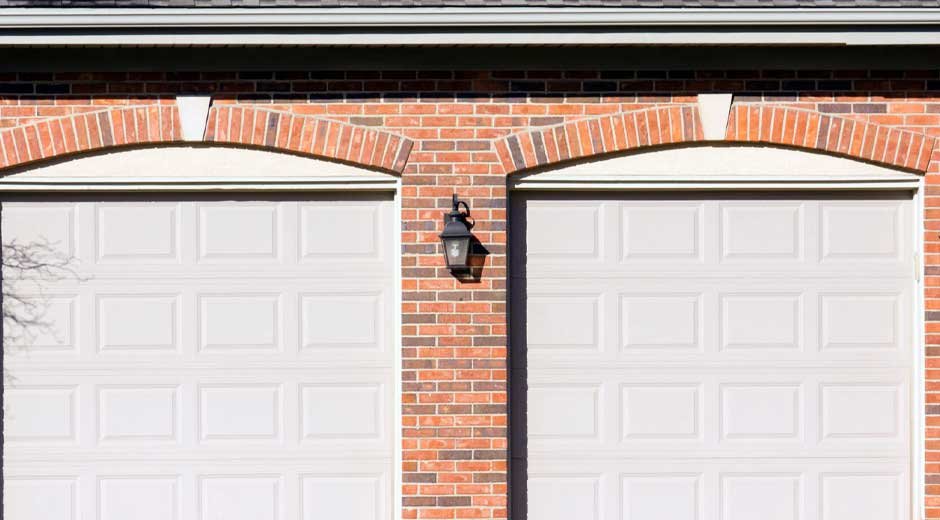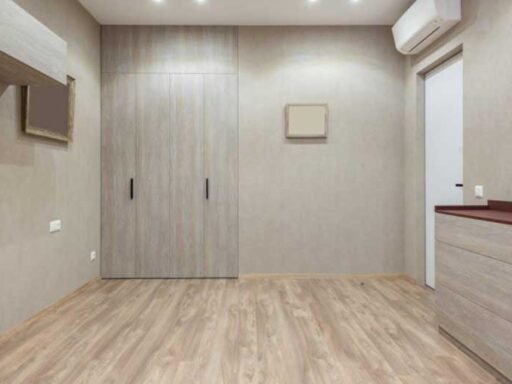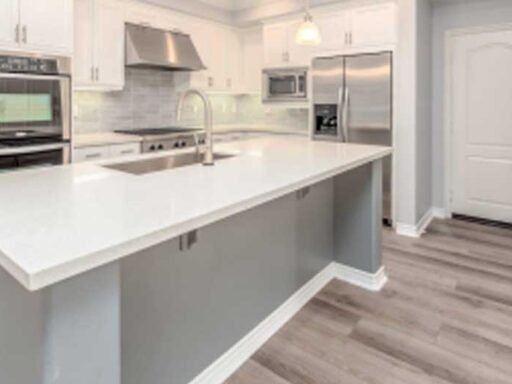Replacing a garage door seems simple, but it’s more than just choosing a style and hiring an installer. Many homeowners focus on looks like color or design, missing crucial details that impact long-term performance, energy efficiency, safety, and cost. This article will cover these often-overlooked elements during garage door installation, helping you make smarter choices for your home and budget.
1. Choosing the Right Material for Your Climate
Homeowners often choose a garage door material based only on its appearance. However, different materials perform differently depending on the local climate. For areas with hot summers and cold, snowy winters, doors must be durable, weather-resistant, and well-insulated. While wood can look stunning, it demands more maintenance in extreme weather. Steel and insulated composite doors, however, typically last longer with less upkeep. Choosing a door suited for your climate reduces long-term repair needs and enhances energy efficiency.
2. Ignoring Insulation and R-Value
Insulation is often seen as optional, but it’s crucial for energy savings and comfort. Many garages share walls with living areas or serve as workshops, laundry rooms, or gyms, making insulation essential, not a luxury. A higher R-value, which measures thermal efficiency, helps maintain indoor temperature and lower energy bills. Skipping insulation during garage door installation can lead to heat loss in winter and increased cooling costs in summer. Additionally, insulated doors reduce outside noise and operate more quietly, improving comfort both inside and out.
3. Failing to Evaluate Safety Features
Modern garage doors include vital safety features like auto-reverse mechanisms, photo-eye sensors, and manual release cords. However, not all systems are equally reliable. Many homeowners overlook important questions about these features during replacement. Safety is especially crucial in homes with children or pets. Make sure your garage door meets current safety standards and that all sensors are properly aligned and functioning after installation. Skipping safety checks could put your family and property at risk.
4. Overlooking Opener Compatibility
Homeowners often assume their existing garage door opener will work with a new door. This isn’t always true. Newer doors can be heavier or require different mechanisms to operate smoothly. If the opener isn’t compatible, it can lead to premature motor failure or poor performance. Many modern doors also integrate with smart technology, which older openers can’t support. If you’re planning a garage door installation in Boise, check if your current opener is compatible or if an upgrade would be better in the long run.
5. Not Considering Local Building Codes or Permits
Many homeowners also overlook local building codes. Replacing a garage door might require a permit in some areas, especially if structural changes or electrical work for openers are involved. Ignoring city or county guidelines can result in fines or project delays. While reputable installers typically handle permits, it’s wise to verify all regulations are met. Ensuring compliance leads to a smoother installation and peace of mind.
6. Skipping Professional Measurement and Custom Fit
Garage doors are not one-size-fits-all. Even minor measurement errors can cause drafts, security issues, or operational problems. Homeowners sometimes attempt self-measurement to save time or money, but this often leads to ill-fitting doors. Professional measurements consider wall spacing, ceiling height, track layout, and headroom. This ensures your new door fits perfectly and operates smoothly. For homes with unique designs or older garages, precise measurement is crucial for a successful installation.
7. Forgetting About Long-Term Maintenance
It’s easy to focus on the immediate excitement of a new garage door, forgetting about long-term maintenance. All garage doors require regular upkeep, such as lubricating tracks, tightening hardware, or checking the balance. Homeowners must also consider seasonal changes that impact door performance. For example, cold weather can contract metal components, and heat can dry out lubricants. Understanding the basic maintenance for your specific door material extends its lifespan and helps avoid expensive future repairs.
8. Failing to Budget for the Full Project
When planning for garage door installation, homeowners often account only for the cost of the door itself. However, there are other expenses to keep in mind:
- Removal and disposal of the old door
- Labor and installation fees
- Upgrades like insulation or smart openers
- Permit fees (if applicable)
- Potential electrical work
Understanding the total project cost helps avoid last-minute surprises and keeps the installation within your budget.
Conclusion
Garage door replacement is more than a cosmetic update. It’s a key decision affecting your home’s structure, safety, efficiency, daily routine, and property value. Homeowners should consider all installation aspects: materials, insulation, safety, measurements, and maintenance. A thoughtful choice ensures your new door is efficient, durable, secure, and stylish.






